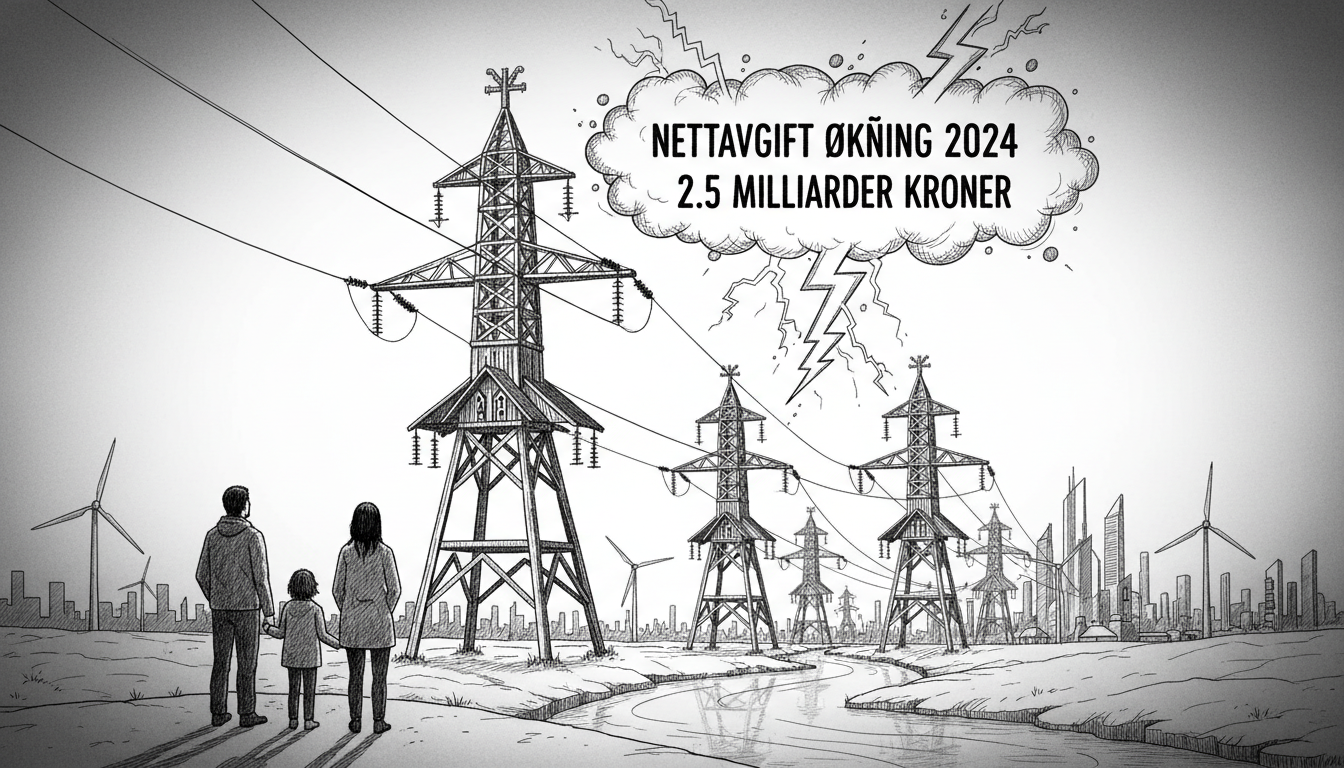Norwegian electricity customers will face higher network fees starting in January. The Norwegian Water Resources and Energy Directorate has approved increased revenue targets for grid companies. This decision affects households and businesses across Norway.
The regulatory authority will raise the income framework for power grid operators by 2.5 billion kroner. The current total revenue target for all grid companies stands at 41 billion kroner. Next year's target increases to 43.5 billion kroner. Statnett, the national grid operator, receives the largest increase at 12 percent.
Tore Langset, director of the regulatory authority, explained the reasoning. He said revenue frameworks for 2026 will likely exceed 2025 levels. These increases primarily fund electricity grid investments. They also cover rising operational and maintenance costs.
Why are network fees increasing across Norway? The country faces substantial infrastructure modernization needs. Norway's transition to renewable energy requires grid expansion. Aging infrastructure needs replacement and upgrades. These factors combine to drive up costs for consumers.
Norwegian electricity regulation follows specific principles. Grid companies operate as regulated monopolies. The government sets their maximum allowed revenues. This system aims to balance infrastructure investment needs with consumer protection. Recent energy price surges have made this balance more challenging.
International readers should understand Norway's unique energy position. The country produces abundant hydropower. It exports electricity to neighboring countries. Yet domestic consumers face rising costs. This paradox stems from Europe's integrated energy markets and local infrastructure demands.
The fee increases come during broader European energy transitions. Many countries face similar infrastructure investment needs. Norway's situation reflects continent-wide patterns. The country maintains one of Europe's most reliable power systems despite these cost pressures.
What does this mean for Norway's green transition? Higher network fees could slow electric vehicle adoption. They might impact heat pump installations. Yet reliable grid infrastructure remains essential for renewable energy integration. The government faces difficult trade-offs between investment needs and consumer affordability.
Norwegian authorities continue monitoring the situation. They balance multiple competing priorities. Energy security remains paramount. Consumer protection matters greatly. Infrastructure development cannot wait. These fee increases represent the current compromise between these objectives.

